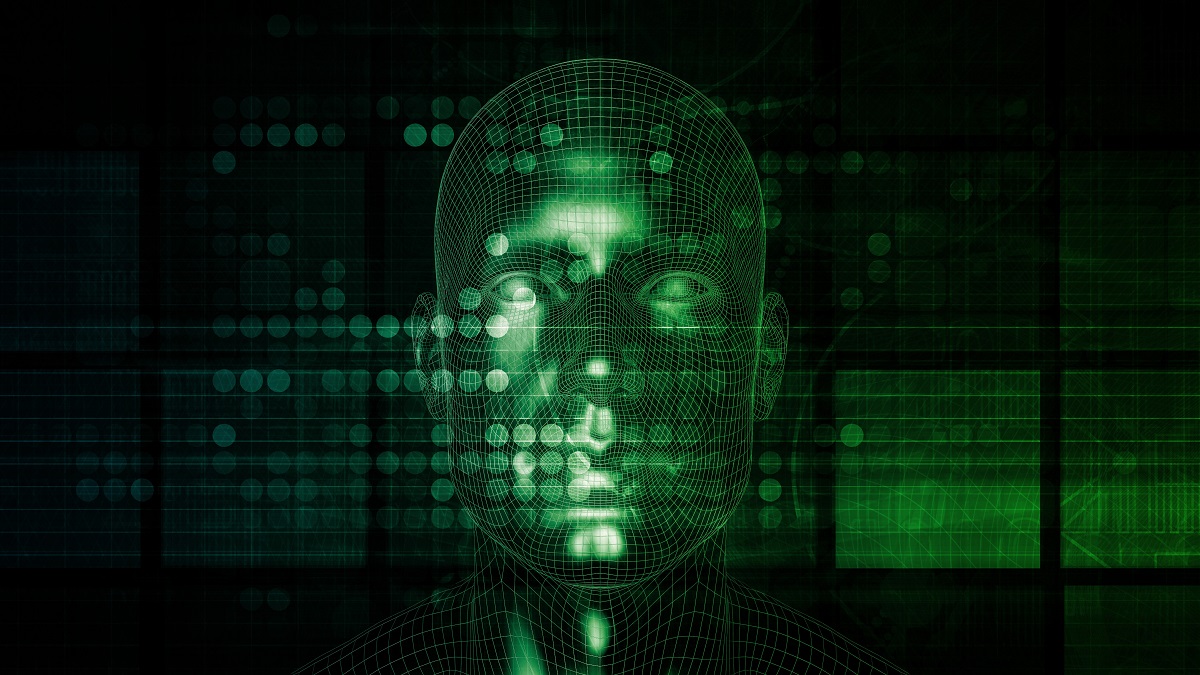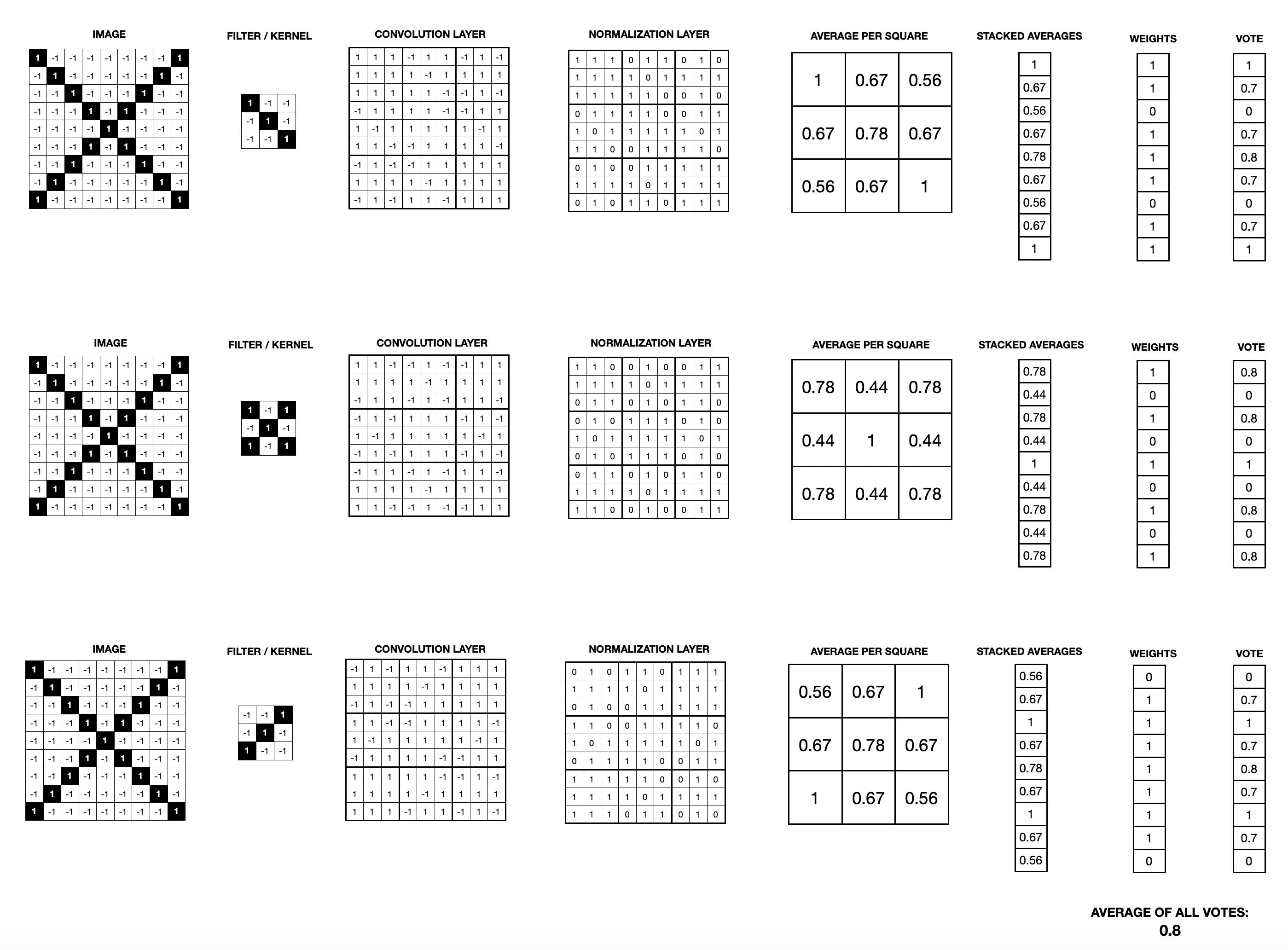
There are many foundational tools for machine learning math, including linear algebra, analytic geometry and matrix decompositions. These math tools are useful for training neural networks to learn new tasks, and making them more accurate. This math isn’t only for computer scientists. Machine learning is available to all. This article will explain machine learning. It will show you how to make your business more efficient.
Calculus for optimization
This online calculus course focuses on providing the background necessary for students who wish to pursue a career in data science. The course begins with a basic introduction to functional mappings, and assumes that students have studied limit and differentiability. Next, it builds upon that foundation by exploring the concepts of differentiation and limits. The final programming project uses calculus principles to examine the use of an algorithm for machine learning. The course also includes bonus reading materials, interactive plots within a GeoGebra environment, and other additional resources.

Probability
Although not all people have the technical expertise to use probabilities, they are an essential part Machine Learning. Probability is what underpins the Naive Bayes Algorithm. It assumes that input elements are independent in its implementation. Probability is an important topic for almost all business applications. Scientists can use it to predict future outcomes, and to take further steps using data. Many Data Scientists are unable to explain the meanings of the p value (also known by the alpha value and alpha).
Linear algebra
Linear Algebra will help you if you're interested to learn Machine Learning. Many mathematical objects and properties can be found in this math, including scalars. Learning the basics of this math can help you make better decisions when building algorithms. Marc Peter Deisenroth has a book called Mathematics for Machine Learning that explains Linear Algebra.
Hypothesis testing
Hypothesis Testing is a powerful mathematical tool which helps to quantify the uncertainty associated with an observed metric. Machine-learners as well as statisticians use metrics in order to determine accuracy. They often assume that a particular model will produce the desired outcome when building predictive models. Hypothesis testing assesses whether the observed "metric” matches the hypotheses presented in the training sets. A model that predicts the height and length of flower petals would reject the null hypothesis if strong evidence supports this conclusion.

Gradient descent
Gradient descent is one of the fundamental concepts in machine learning math. This algorithm relies on a recursive process for predicting features and takes into consideration the x values in the input data. The algorithm also needs an initial training period or epoch and a learning speed. The algorithm's learning rate is an important parameter. A model that has a high learning speed will not reach the minimum convergence rate. For gradient descent, the learning speed can be high, low or both, thereby determining convergence speed and cost.
FAQ
Which countries are currently leading the AI market, and why?
China has the largest global Artificial Intelligence Market with more that $2 billion in revenue. China's AI industry is led Baidu, Alibaba Group Holding Ltd. Tencent Holdings Ltd. Huawei Technologies Co. Ltd., Xiaomi Technology Inc.
China's government is investing heavily in AI research and development. The Chinese government has set up several research centers dedicated to improving AI capabilities. These include the National Laboratory of Pattern Recognition and State Key Lab of Virtual Reality Technology and Systems.
China is also home to some of the world's biggest companies like Baidu, Alibaba, Tencent, and Xiaomi. All these companies are actively working on developing their own AI solutions.
India is another country that has made significant progress in developing AI and related technology. India's government focuses its efforts right now on building an AI ecosystem.
Is AI good or bad?
Both positive and negative aspects of AI can be seen. On the positive side, it allows us to do things faster than ever before. No longer do we need to spend hours programming programs to perform tasks such word processing and spreadsheets. Instead, instead we ask our computers how to do these tasks.
On the other side, many fear that AI could eventually replace humans. Many believe that robots could eventually be smarter than their creators. This could lead to robots taking over jobs.
How will governments regulate AI?
Although AI is already being regulated by governments, there are still many things that they can do to improve their regulation. They should ensure that citizens have control over the use of their data. A company shouldn't misuse this power to use AI for unethical reasons.
They also need ensure that we aren’t creating an unfair environment for different types and businesses. Small business owners who want to use AI for their business should be allowed to do this without restrictions from large companies.
What is the latest AI invention?
Deep Learning is the newest AI invention. Deep learning is an artificial intelligence technique that uses neural networks (a type of machine learning) to perform tasks such as image recognition, speech recognition, language translation, and natural language processing. It was invented by Google in 2012.
Google recently used deep learning to create an algorithm that can write its code. This was accomplished using a neural network named "Google Brain," which was trained with a lot of data from YouTube videos.
This enabled the system to create programs for itself.
IBM announced in 2015 they had created a computer program that could create music. Music creation is also performed using neural networks. These are known as NNFM, or "neural music networks".
Statistics
- That's as many of us that have been in that AI space would say, it's about 70 or 80 percent of the work. (finra.org)
- The company's AI team trained an image recognition model to 85 percent accuracy using billions of public Instagram photos tagged with hashtags. (builtin.com)
- By using BrainBox AI, commercial buildings can reduce total energy costs by 25% and improves occupant comfort by 60%. (analyticsinsight.net)
- Additionally, keeping in mind the current crisis, the AI is designed in a manner where it reduces the carbon footprint by 20-40%. (analyticsinsight.net)
- A 2021 Pew Research survey revealed that 37 percent of respondents who are more concerned than excited about AI had concerns including job loss, privacy, and AI's potential to “surpass human skills.” (builtin.com)
External Links
How To
How to set Google Home up
Google Home, a digital assistant powered with artificial intelligence, is called Google Home. It uses sophisticated algorithms and natural language processing to answer your questions and perform tasks such as controlling smart home devices, playing music, making phone calls, and providing information about local places and things. With Google Assistant, you can do everything from search the web to set timers to create reminders and then have those reminders sent right to your phone.
Google Home seamlessly integrates with Android phones and iPhones. This allows you to interact directly with your Google Account from your mobile device. If you connect your iPhone or iPad with a Google Home over WiFi then you can access features like Apple Pay, Siri Shortcuts (and third-party apps specifically optimized for Google Home).
Google Home is like every other Google product. It comes with many useful functions. Google Home will remember what you say and learn your routines. You don't have to tell it how to adjust the temperature or turn on the lights when you get up in the morning. Instead, just say "Hey Google", to tell it what task you'd like.
Follow these steps to set up Google Home:
-
Turn on your Google Home.
-
Press and hold the Action button on top of your Google Home.
-
The Setup Wizard appears.
-
Select Continue.
-
Enter your email and password.
-
Register Now
-
Google Home is now available